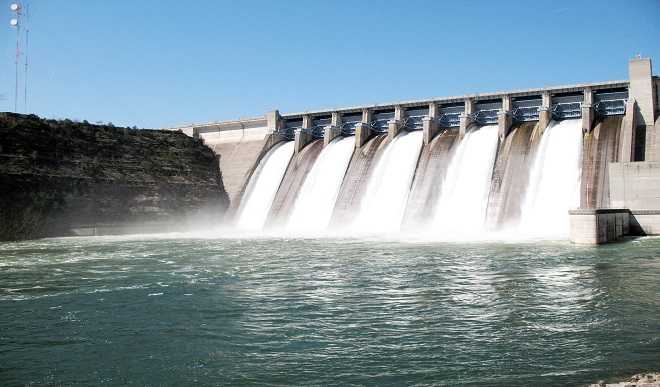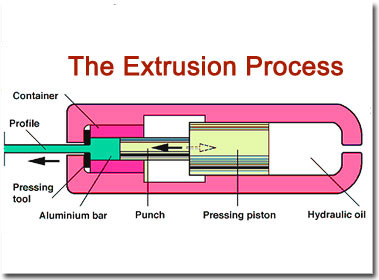Category: Metalwork

Understanding plant maintenance
Power plant maintenance is one of the important topics to consider since most advanced countries harness most energy consumed from renewable energy. Power plants are farms or sources where the energy is created before distribution. Both renewables such as (thermal, wind, solar, hydroelectric energy, biomass) and non-renewable such as fossil fuels have their own proper…

Understanding overall equipment effectiveness
In the industrial world today, organizations perform better than each other because of their level of overall equipment effectiveness. Overall equipment effectiveness is the gold standard for measuring manufacturing productivity by simply putting the percentage of manufacturing time that is truly productive. Today you’ll get to know the definition, use, and how to calculate overall…

Understanding biomass energy resource
In the world of energy production, biomass is one of the common ways energy is produced using animal waste, wood pellets, etc. to create electricity. Even though there might be some environmental factors, biomass energy is called a renewable energy source. Debate is still ongoing on whether biomass is the greenest type of energy compared…

Understanding geothermal energy
Among the renewable energy source available today, geothermal energy is one of the most common ones. It is the heat derived within the sub-surface of the earth and it is carried to the earth’s surface by water and/or steam. Geothermal energy is widely used for heating and cooling purposes or be harnessed to produce clean…

Understanding hydroelectric power
Just like other methods of power generation, hydroelectric power also produces electricity from generators driven by turbines. These turbines use the potential energy of falling or fast-flowing water, that is hydro energy and convert it into mechanical energy. It is a form of renewable energy that is widely used in the early 21st century. In…

Understanding solar energy
Solar energy has been in use by humans for thousands of years for growing, staying warm, food drying, etc. The sunlight is a free available energy resource on our planet. Research has shown that the energy from the sun to earth in one hour is more than the total energy requirement for a whole year.…

Understanding thermal energy
Thermal energy is a form of energy obtained when a substance heated up. Although the term thermal energy can be used differently and often loosely. Thermal energy can also be called heat energy as is produced when a rise in temperature causes atoms and molecules to move faster and collide with each other. Today you’ll…

Understanding tidal energy
Having different types of energy resource out there have given us so much to look into, tidal energy which is a form of the renewable source is created using the movement of tides. This energy replenished because it is obtained from nature before it’s converted into a usable form. Tidal energy can be obtained in…

Understanding windmill energy
Learning how wind energy is converted to other forms of energy, you must be familiar with the term windmill. Wind energy is known as one the cleanest form of producing electricity. The windmill is a device for tapping the energy of wind by means of sails mounted on its rotating shaft. These sails are also…

Uses of energy in our daily life
Energy usage is common in our daily life, every task we perform is by our energy, although for humans, we get our energy from food and water. There is various form of energy out there, which are obtained or use in different applications. Remember the law of conservation that states that energy can never be…
Understanding Non-renewable energy resources
Non-renewable energy is energy sources that will eventually run out when put to work. These energies are natural resources that are found beneath the earth. They don’t replenish when consumed, however, they are easily accessible and they can generate lots of energy with a small amount of fuel. Examples of these energies are; fossil fuels…

Understanding renewable energy
Renewable energy has increased over the years as they serve multiple advantages over non-renewable energy resources. In fact, renewable energy is known as the cleanest way of generating electricity. They provide a ready supply of power without using natural resources and they have a lower risk of environmental problems like the non-renewable resource. Today you’ll…

Various types of energy and their examples
There are different types of energy that can be transformed into other sorts of energy. Energy types are categorized into two basic forms which include Kinetic and Potential. The law of conservation stated that energy can neither be created nor destroyed, but it can be transformed from one type of energy to another. This is…

Forms of energy: kinetic and potential energy
Yes, we can say there are several types of energy, but scientifically they are group into two forms such as kinetic energy and potential energy. Today you’ll get to know these forms of energy their formula and examples. It is necessary to understand that while energy can change forms, it is conserved. This means the…

Understanding energy sources
All around us, including we humans, energy is one of the common things that occur. Energy is vast, because it takes place in almost every application, starting we ourself, that is the energy we use in surviving, the energy we get from food. There is a different source of energy today that allows human civilization…

Understanding the various types of fasteners
Today we’ll be going in-depth on the various types of fasteners used in industries. Fasteners are known to be devices that are used for creating a strong joint in different applications. Most fasteners allow joints to be dismantled or removed without damaging the joined parts while some are permanently joined. Read more: Everything you need to…

Everything you need to know about fasteners
Today in industries, appliances of any materials are often joined using fasteners so that clean and strong joints can be produced. Other alternative methods of material joining include welding, soldering, brazing, gluing, etc. will permanently join material. This is why most fasteners serve better as the joint can be removed and dismantled without damaging the…

Understanding extrusion process
The extrusion process is one of the most common processes in the production world today. It involves the use of a large variety of materials like metals, plastics, ceramics, etc. The process can be done in either hot or cold when better properties are required. Extrusion processes in metals may increase the strength of the…

Everything you need to know about draft tube
Draft tubes are essential components in most types of turbines such as Kaplan, Francis, and reaction turbines. The component is like a pipe designed with areas increasing gradually that connect the outlet of the runner to a tailrace. With its two ends, one is connected to the runner outlet and the other end is submerged…

Understanding reaction turbine
Being a special type of turbine used in hydro-power plants, reaction turbine is used all around the world for the generation of electricity. It is estimated that about 60% of turbines used in hydro-power plants are reaction turbines, though still in competition with impulse turbines. A reaction turbine is constructed of rows of fixed blades…


















